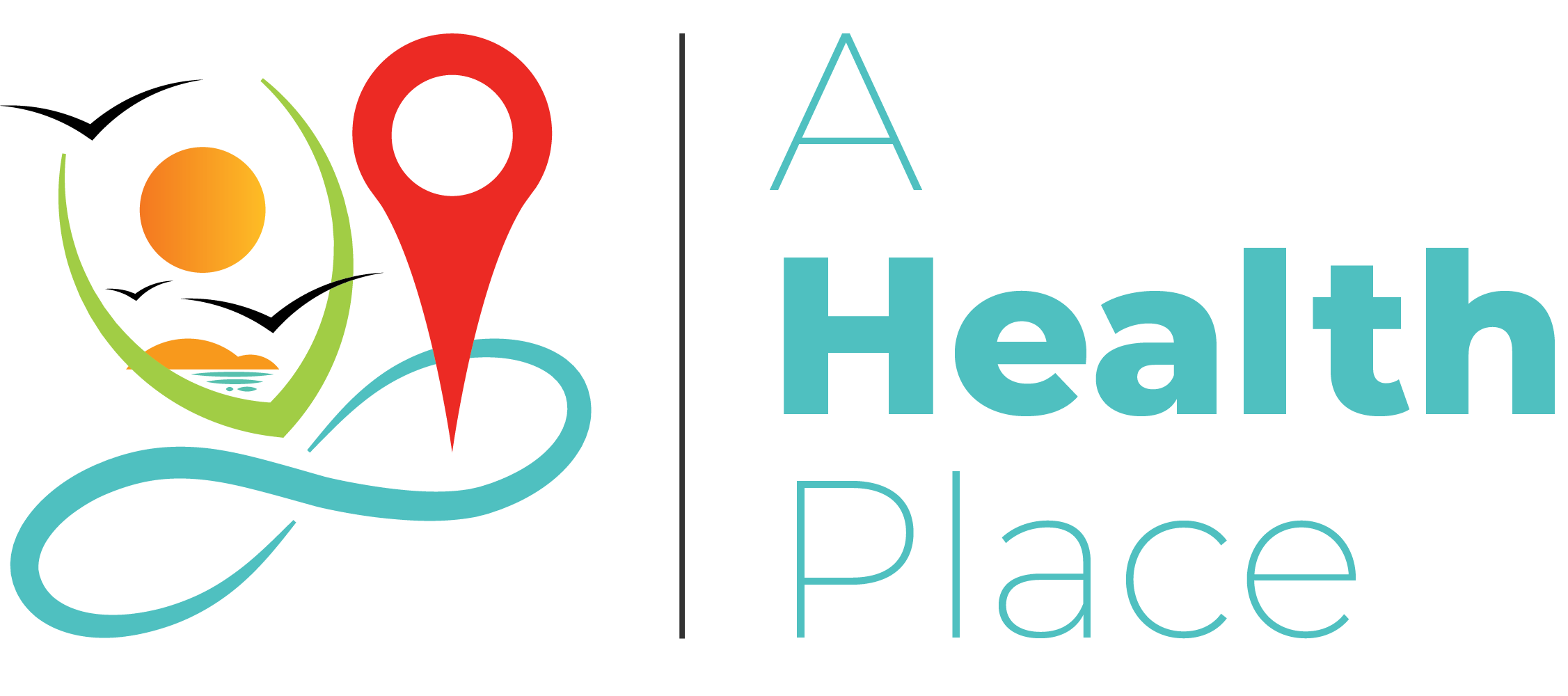Sinusitis, commonly referred to as a sinus infection, is a prevalent condition affecting millions of people worldwide. It occurs when the tissues lining the sinuses become inflamed or swollen, leading to various uncomfortable symptoms that can significantly impact daily life. Understanding the causes, recognizing the symptoms, and exploring the available treatments for sinusitis is crucial for managing this condition effectively. This blog aims to provide a comprehensive overview of sinusitis, offering insights into its triggers, signs, and therapeutic options to help those affected find relief and improve their quality of life.
What is Sinusitis?
Sinusitis is an inflammation of the sinuses, the air-filled cavities in the skull surrounding the nose and eyes. These cavities are lined with a mucous membrane that helps filter and moisten the air we breathe. When the sinuses become blocked or infected, they can fill with fluid, creating an environment conducive to bacterial or viral growth.
Causes of Sinusitis
Sinusitis can be triggered by various factors, including:
- Infections: Viral infections, such as the common cold, are the most frequent cause of sinusitis. Bacterial infections can also occur, especially if the sinusitis persists for more than ten days without improvement.
- Allergies: Allergens such as pollen, dust mites, and pet dander can cause allergic rhinitis, which can lead to sinus inflammation and infection.
- Nasal Polyps: These are noncancerous growths in the nasal passages or sinuses that can block the drainage pathways, leading to sinusitis.
- Deviated Septum: A deviation in the nasal septum, the wall between the nostrils, can obstruct the sinuses and contribute to inflammation.
- Environmental Factors: Pollution, smoke, and other environmental irritants can irritate the sinuses and trigger sinusitis.
Symptoms of Sinusitis
The symptoms of sinusitis can vary depending on the severity and duration of the condition. Common symptoms include:
- Facial Pain and Pressure: A feeling of fullness or pressure around the nose, eyes, and forehead.
- Nasal Congestion: Difficulty breathing through the nose due to blocked nasal passages.
- Thick Nasal Discharge: Yellow or green mucus that may drain from the nose or down the back of the throat.
- Reduced Sense of Smell and Taste: Difficulty detecting odors and flavors.
- Cough and Sore Throat: Often caused by postnasal drip, where mucus drains down the throat.
- Headache: Pain in the forehead, temples, or upper teeth.
Types of Sinusitis
Sinusitis is classified into different types based on the duration and frequency of symptoms:
- Acute Sinusitis: Lasts up to four weeks and is typically triggered by a viral infection.
- Subacute Sinusitis: Persists for 4 to 12 weeks.
- Chronic Sinusitis: Symptoms last for 12 weeks or longer and may recur.
- Recurrent Sinusitis: Multiple episodes of acute sinusitis within a year.
Diagnosis of Sinusitis
Diagnosing sinusitis usually involves a physical examination and a review of medical history. A healthcare provider may check for tenderness in the face and nose, look for signs of inflammation, and ask about the duration and severity of symptoms. In some cases, imaging tests such as X-rays, CT scans, or MRI may be necessary to get a detailed view of the sinuses.
Treatment Options
The treatment of sinusitis depends on its cause and severity. Common treatments include:
- Home Remedies: Rest, hydration, and steam inhalation can help relieve symptoms. Using a saline nasal spray or rinse can also clear nasal passages.
- Medications: Over-the-counter pain relievers, decongestants, and antihistamines can reduce symptoms. For bacterial infections, antibiotics may be prescribed.
- Nasal Corticosteroids: These sprays reduce inflammation in the nasal passages and are especially useful for chronic sinusitis.
- Allergy Treatment: If allergies are the cause, allergy medications or immunotherapy may be recommended.
- Surgery: In severe cases, surgery may be necessary to remove nasal polyps, correct a deviated septum, or clear blocked sinuses.
Preventing Sinusitis
Preventing sinusitis involves managing risk factors and maintaining good sinus health. Tips for prevention include:
- Avoiding Irritants: Stay away from smoke, pollution, and other environmental irritants.
- Managing Allergies: Keep allergies under control with medication and minimizing exposure to allergens.
- Practicing Good Hygiene: Regular handwashing and avoiding close contact with sick individuals can reduce the risk of infections.
- Humidifying the Air: Using a humidifier can keep the nasal passages moist and less prone to irritation.
Sinusitis is a common yet manageable condition that can significantly affect one’s quality of life. By understanding its causes, recognizing the symptoms, and exploring the available treatment options, individuals can take proactive steps to manage and prevent sinusitis effectively. Whether through home remedies, medications, or medical interventions, finding the right approach to treat sinusitis can provide relief and improve overall well-being. If you experience persistent or severe symptoms, it is essential to consult a healthcare professional for a proper diagnosis and tailored treatment plan.










